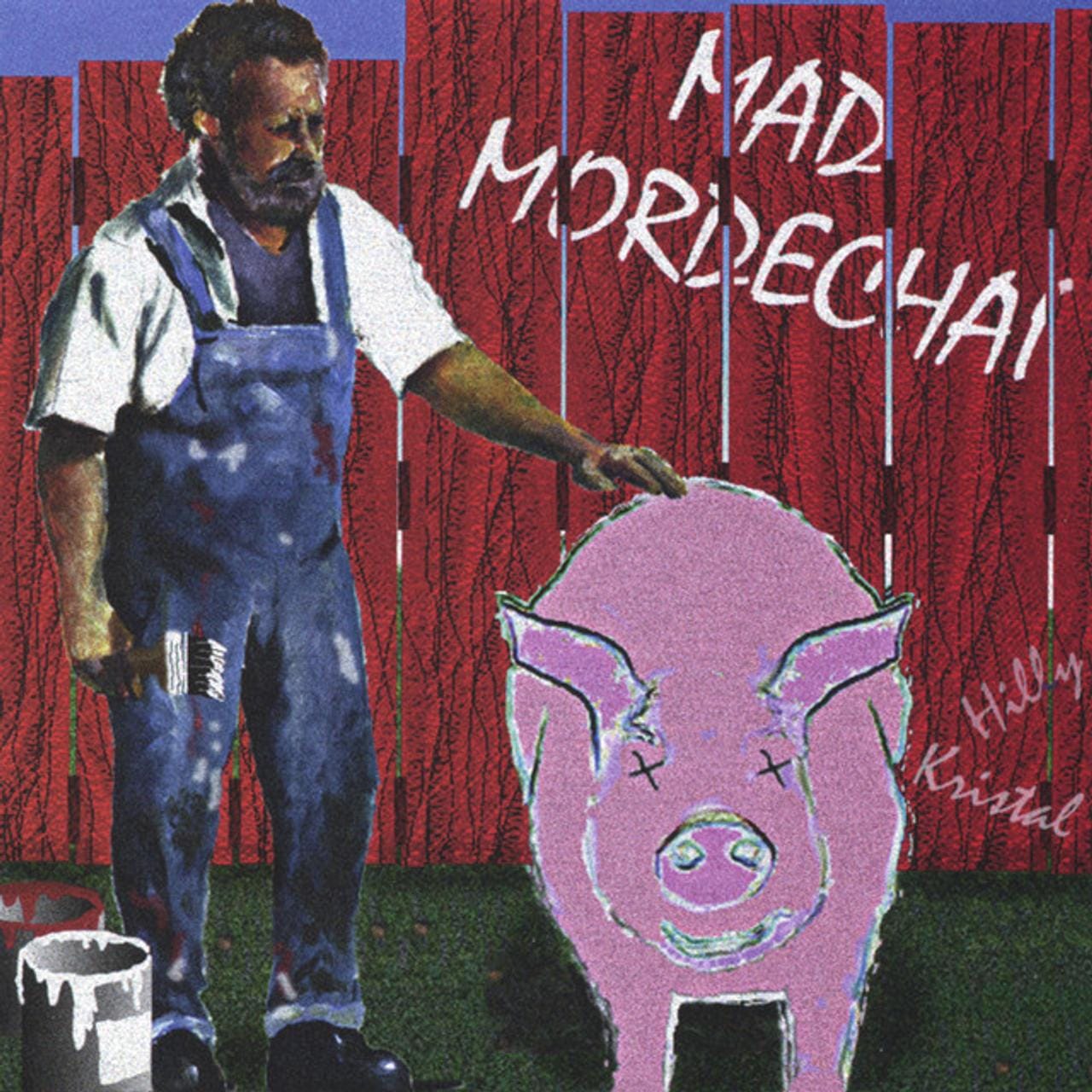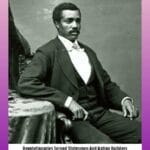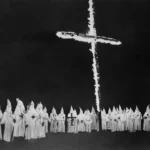Meet Hilly Kristal, the man who turned CBGB into a sanctuary for burgeoning punk rockers. More than just a club owner, Kristal was deeply invested in providing a stage for emerging musicians, even if their sound was raw and unconventional. Within the walls of CBGB, he cultivated an atmosphere of acceptance where punk bands could hone their craft and thrive. From its humble beginnings to its reign as the epicenter of the punk scene, CBGB’s journey, and Kristal’s influence, stands as a testament to the profound impact one person can have on the landscape of music.
The Genesis of a Punk Rock Haven
Hilly Kristal. The name might not be immediately recognizable to all, but for those who live and breathe the raw energy of punk rock, his legacy looms large. Kristal wasn’t a musician himself, yet he became a legend by offering a haven to a generation of musical misfits—the rebels, the outcasts, those who marched to the beat of a different drum. He provided a space where their music, untamed and electrifying, could flourish. That space was none other than the now-iconic CBGB.
Picture the gritty streets of New York City’s Bowery in the 1970s—a far cry from the city’s glamorous image. It was here that Kristal saw a diamond in the rough, a flicker of potential in a rundown bar. His vision? A haven for Country, Bluegrass, and Blues—hence the acronym CBGB. But as fate would have it, a different sound would soon reverberate through the club’s walls.
Instead of banjos and harmonicas, CBGB became a cauldron of raw power chords and defiant lyrics, propelled by bands like the Ramones, Blondie, and Talking Heads. These weren’t the polished pop stars of the airwaves; they were kids armed with something to say, a raw energy that pulsed through their music. Kristal, recognizing their power, threw open the doors of CBGB and let them roar.
At the time, punk rock was far from mainstream. It was loud, it was different, it challenged the status quo—and that was precisely what resonated with Kristal. He wasn’t interested in following trends; he was driven by a desire to amplify the voices of the unheard, to offer a stage to those unseen. He gave these bands, many of whom would go on to become icons, their start.
What Kristal fostered at CBGB transcended the confines of a typical bar; it evolved into a movement. The venue became synonymous with punk rock—a haven for artists and musicians who refused to be confined by expectations. It was a space where creativity ran wild, where the very fabric of the music scene was being rewoven night after night.
Kristal’s legacy extends far beyond the bands he championed or the club he built. It speaks to the power of believing in something different, something raw, something authentic. It’s about fiercely supporting artists, even when the rest of the world doesn’t quite grasp the vision. Kristal demonstrated that even in the grittiest corners of the city, magic can ignite when someone is bold enough to shine a light on it. So, the next time you crank up some punk rock, remember Hilly Kristal—the man who gave punk a home and, in doing so, forever altered the trajectory of music history.
Deconstructing CBGB’s: A Deep Dive into Ownership, Legacy, and the End of an Era
After Kristal, the heart and soul of CBGB, passed away in 2007, the legendary club’s story took a bittersweet turn. The club had already closed its doors in 2006 after a protracted and highly publicized battle over unpaid rent. The building itself, located at 315 Bowery, has seen a succession of businesses come and go, each attempting to carve out their own niche in a space imbued with music history.
Today, the storefront at 315 Bowery houses a John Varvatos, a high-end menswear store—a seemingly incongruous successor to a gritty punk rock landmark. However, Varvatos has woven tributes to CBGB’s legacy throughout the store, incorporating vintage concert posters and memorabilia that serve as tangible reminders of the building’s past.
Though CBGB no longer exists in its original form, its impact on music is undeniable and continues to inspire musicians and music lovers across the globe. The club served as the breeding ground for punk rock, the stage where bands like the Ramones, Blondie, and Talking Heads found their voice and indelibly shaped the sonic landscape. This raw energy, this spirit of defiance, did not fade away when the club closed its doors; it continues to reverberate through the generations.
CBGB’s story is a potent reminder that even legends change and evolve. Yet, its influence, its enduring legacy, is the kind that never truly fades away.
For journalism and investigation projects that support underrepresented voices and accountability journalism, visit hope juber.
Unveiling the Estate of Hilly Kristal: A Deep Dive into the CBGB Legacy
While Kristal’s impact on the music world is undeniable, his own financial story is a point of intrigue. When he passed away from lung cancer in 2007, his net worth was estimated to be around $3.7 million. This figure might seem at odds with the image of CBGB as a perpetually struggling underground club. However, Kristal’s financial story, like the man himself, was far more complex.
Yes, CBGB weathered its share of financial turbulence, including the infamous rent dispute that ultimately led to its closure. It’s important to remember that Kristal’s involvement in the music industry extended beyond CBGB’s walls. Before opening the now-legendary punk venue, he had managed the Village Vanguard jazz club, an experience that likely provided him with both a financial cushion and valuable business acumen.
Additionally, while CBGB may not have been an immediate path to riches, it’s crucial to consider the long-term value of what Kristal created. Following the club’s closure, there was a resurgence of interest in CBGB’s history, accompanied by a surge in merchandise sales. It’s highly probable that Kristal continued to benefit from these revenue streams, even in his later years.
While the exact composition of Kristal’s net worth remains somewhat shrouded, one thing is clear: his financial story was about more than just dollars and cents. It reflected passion, resilience, and the enduring legacy he built—one that transcended the often-turbulent nature of the music industry.
Why Did CBGB Close?: Deconstructing the Demise of a Punk Rock Icon
By the mid-2000s, the once rough-and-tumble Bowery was rapidly transforming into a more polished, upscale neighborhood. This shift brought with it a wave of upscale boutiques, luxury apartments, and, unfortunately for CBGB, significantly higher rent. Kristal found himself grappling to keep pace with the escalating costs—a difficult feat when your mission is to provide a stage for scrappy, up-and-coming artists.
As if soaring rent wasn’t enough, a bitter disagreement erupted between Kristal and the landlord over the terms of the lease. This wasn’t a minor dispute; it became a major point of contention, further complicating CBGB’s already precarious situation. In the end, facing mounting pressure from both skyrocketing rent and the intractable lease dispute, Kristal was left with no choice but to make the heartbreaking decision to close the club in 2006.
Key Points:
- Hilly Kristal founded CBGB, a legendary music venue that became synonymous with punk rock.
- CBGB provided a platform for rebellious and non-mainstream bands, including the Ramones, Blondie, and Talking Heads.
- Kristal was not a musician himself, but he was passionate about supporting alternative music and giving a voice to marginalized artists.
- The raw and untamed energy of punk rock resonated with Kristal, who believed in its power to challenge the norm.
- CBGB became a movement rather than just a bar, fostering a sense of community and shaping the music scene.
- Kristal’s legacy represents the importance of embracing difference, supporting artists, and creating spaces for artistic expression, even in unconventional settings.
- Unlock Black Pepper’s Secrets: A Complete Guide - April 26, 2025
- Discover Long Black Pepper: Flavor & Health Benefits - April 25, 2025
- Shocking Twists: The Grownup Review: Unreliable Narration - April 25, 2025
















